The Municipal Water Treatment Chemical Market is currently characterized by a dynamic competitive landscape, driven by increasing regulatory pressures and a growing emphasis on sustainable practices. Key players such as BASF SE (DE), Ecolab Inc. (US), and Veolia Environnement SA (FR) are strategically positioning themselves through innovation and partnerships. For instance, BASF SE (DE) has focused on developing advanced chemical solutions that enhance water treatment efficiency, while Ecolab Inc. (US) emphasizes digital transformation to optimize water management processes. These strategies collectively shape a competitive environment that is increasingly focused on sustainability and technological advancement.
In terms of business tactics, companies are localizing manufacturing and optimizing supply chains to enhance responsiveness to regional demands. The market appears moderately fragmented, with several key players exerting significant influence. This structure allows for a diverse range of solutions, catering to various municipal needs while fostering competition that drives innovation.
In August 2025, Ecolab Inc. (US) announced a strategic partnership with a leading technology firm to integrate AI-driven analytics into its water treatment solutions. This move is likely to enhance operational efficiency and provide municipalities with real-time data for better decision-making. The integration of AI not only positions Ecolab as a leader in technological innovation but also reflects a broader trend towards digitalization in the water treatment sector.
In September 2025, Veolia Environnement SA (FR) launched a new line of eco-friendly water treatment chemicals aimed at reducing environmental impact. This initiative underscores the company's commitment to sustainability and aligns with global trends towards greener solutions. By prioritizing environmentally friendly products, Veolia is likely to attract municipalities seeking to comply with stringent environmental regulations, thereby enhancing its market position.
In October 2025, BASF SE (DE) expanded its production capabilities in North America, focusing on the development of specialty chemicals for water treatment. This expansion is indicative of the company's strategy to meet the growing demand for innovative solutions in the region. By increasing local production, BASF not only reduces lead times but also strengthens its supply chain reliability, which is becoming increasingly critical in today's market.
As of October 2025, the competitive trends in the Municipal Water Treatment Chemical Market are heavily influenced by digitalization, sustainability, and the integration of advanced technologies. Strategic alliances are emerging as a key factor in shaping the landscape, enabling companies to leverage complementary strengths. Looking ahead, competitive differentiation is likely to evolve from traditional price-based competition towards a focus on innovation, technological advancements, and the reliability of supply chains, reflecting the changing priorities of municipalities worldwide.


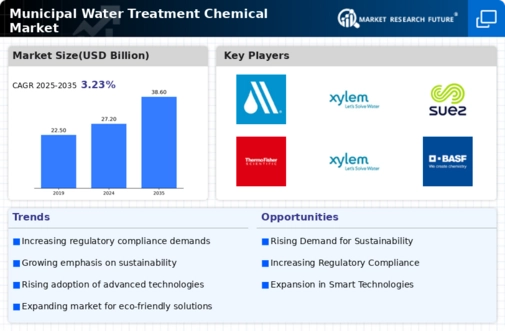
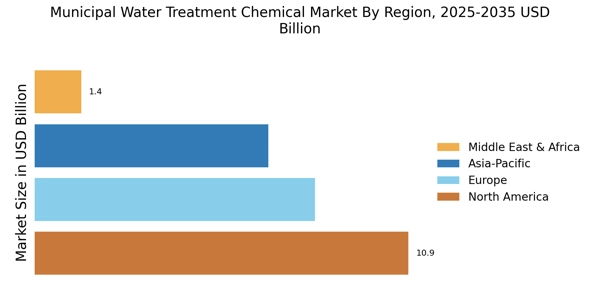



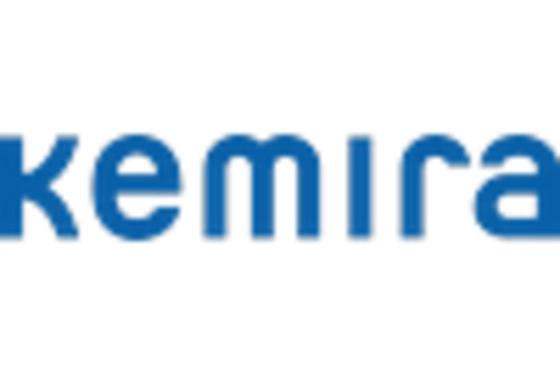
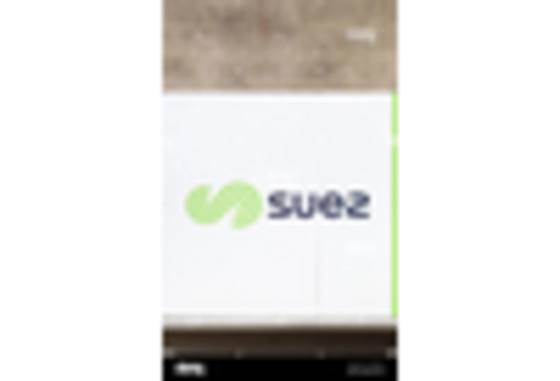
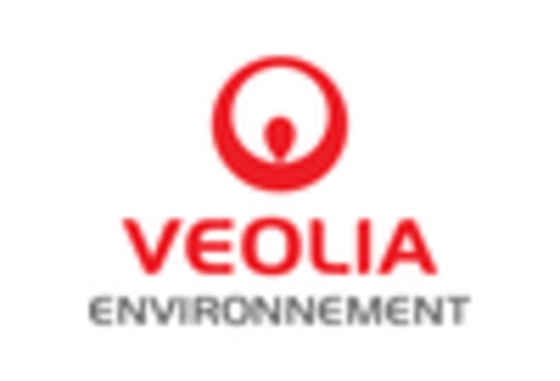








Leave a Comment